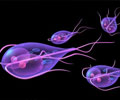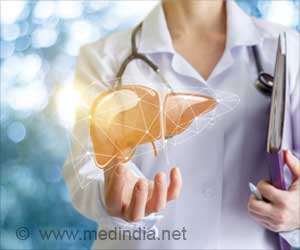Undergraduate students from Arizona State University are working to develop a low-cost biosensor - a simple device that would help people in developing nations to detect contaminated drinking water.

The interdisciplinary team of nine students is participating in the 2012 International Genetically Engineered Machine (iGEM) competition - a prestigious global event that challenges students to design and build simple biological systems made from standard, interchangeable parts.
The ASU team started its research during the summer to prepare for the synthetic biology competition. Its goal is to create a user-friendly, DNA-based biosensor that can detect major pathogens. The low-cost device would be used in the field rather than in a laboratory.
"We are developing a biosensor that will detect pathogenic bacteria, such as Shigella, Salmonella and E. coli, that cause diarrhea," said Ryan Muller, an undergraduate student in ASU's School of Life Sciences and an iGEM team leader.
"Ideally, you would use our biosensor to check different water supplies in third world-countries to determine whether the water is safe to drink," he stated.
The team is working on two biosensor designs.
"Since each type of pathogen has different DNA, we want to create complementary sequences - sequences that match a specific DNA. We will take bacterial samples from the water, pull out the DNA and check whether it complements our DNA probe. If it does, it will produce a color response and then we'll know that the water is contaminated," Patel explained.
"The advantage of this design over previous designs in the field lies in the cheap production of probes and the enzymatic chain reaction. Samples can be tested in the field with minimal cost and high sensitivity," said Abhinav Markus, a biomedical engineering student in ASU's Ira A. Fulton Schools of Engineering.
In October, the team will present its device during the iGEM regional competition at Stanford University.
If successful, they will move on to the global competition in November at Massachusetts Institute of Technology.
Source-ANI
 MEDINDIA
MEDINDIA




 Email
Email









